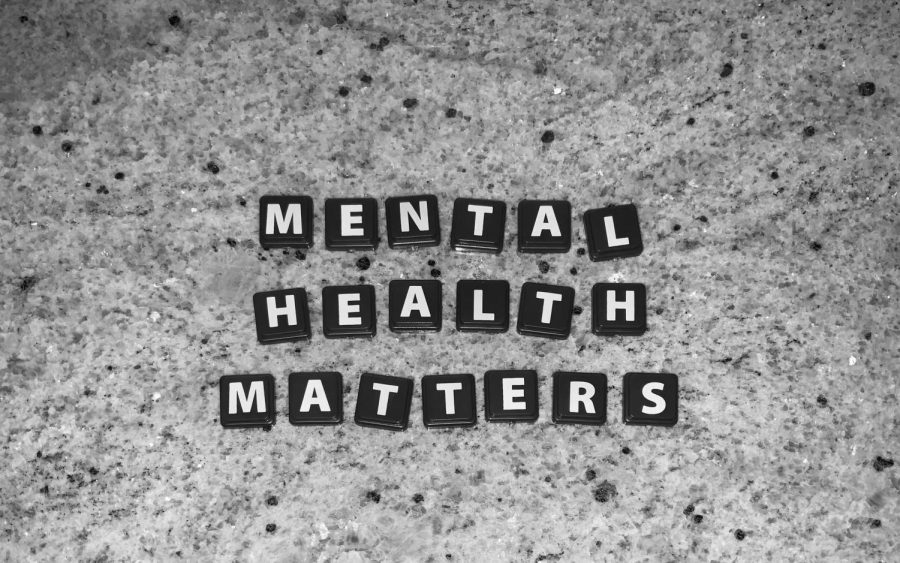Men’s Mental Health
Breaking The Stigma
March 14, 2023
Suicide is the 12th leading cause of death in the US and in 2020, roughly 45,980 Americans died by suicide. Within these statistics, “men died by suicide 3.88x more than women” in that same year, according to the American Foundation for Suicide Prevention.
For centuries, there has been a stigma attached to the idea of men’s mental health. Often being told that it is “unmanly” to cry or to “man up” when they do. Men are often encouraged to suppress any negative emotions that are not anger or rage, which can create unhealthy habits well into their adult hood. This stigma may lead to “issues with interpersonal violence”, the National Institute of Health said.
A large reason that men are at a higher risk of suicide is because “of the stigma against men’s mental health”, Operation Red Wings Foundation said, a foundation made to give veterans the resources for mental health. “Many of them never seek the help they need.”
While this stigma is far more prevalent in society than it should be, a lot of men feel that the fear it creates is absurd. “Men should not be afraid to talk about [mental health],” Senior Connor Bullard said. But many of them still are. Men do want to talk about it and believe other men should too, but the shame they feel that comes with that discussion creates a barrier that must be broken.
So, how do we break the stigma surrounding men’s mental health? We can begin by starting “a discussion about getting help and embodying the changes we want to see,” and by doing so we can “create a safe space for loved ones to discuss mental health difficulties and seek treatment,” The Walker Center said. “By reinforcing positive communication, we can all do our part towards ending harmful stigma.”
In starting the conversation about men’s mental health, we as a society will begin to break the stigma surrounding it.


